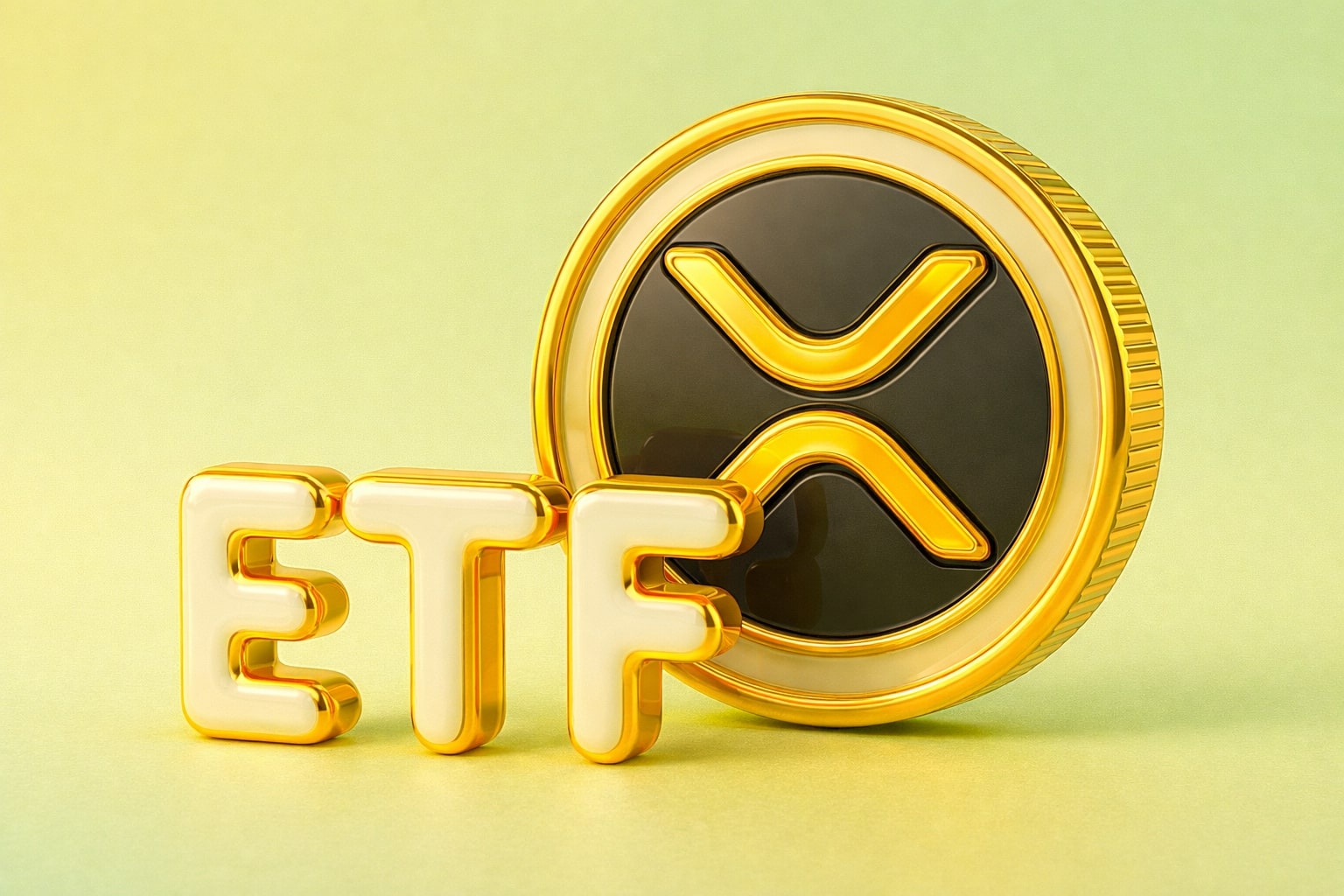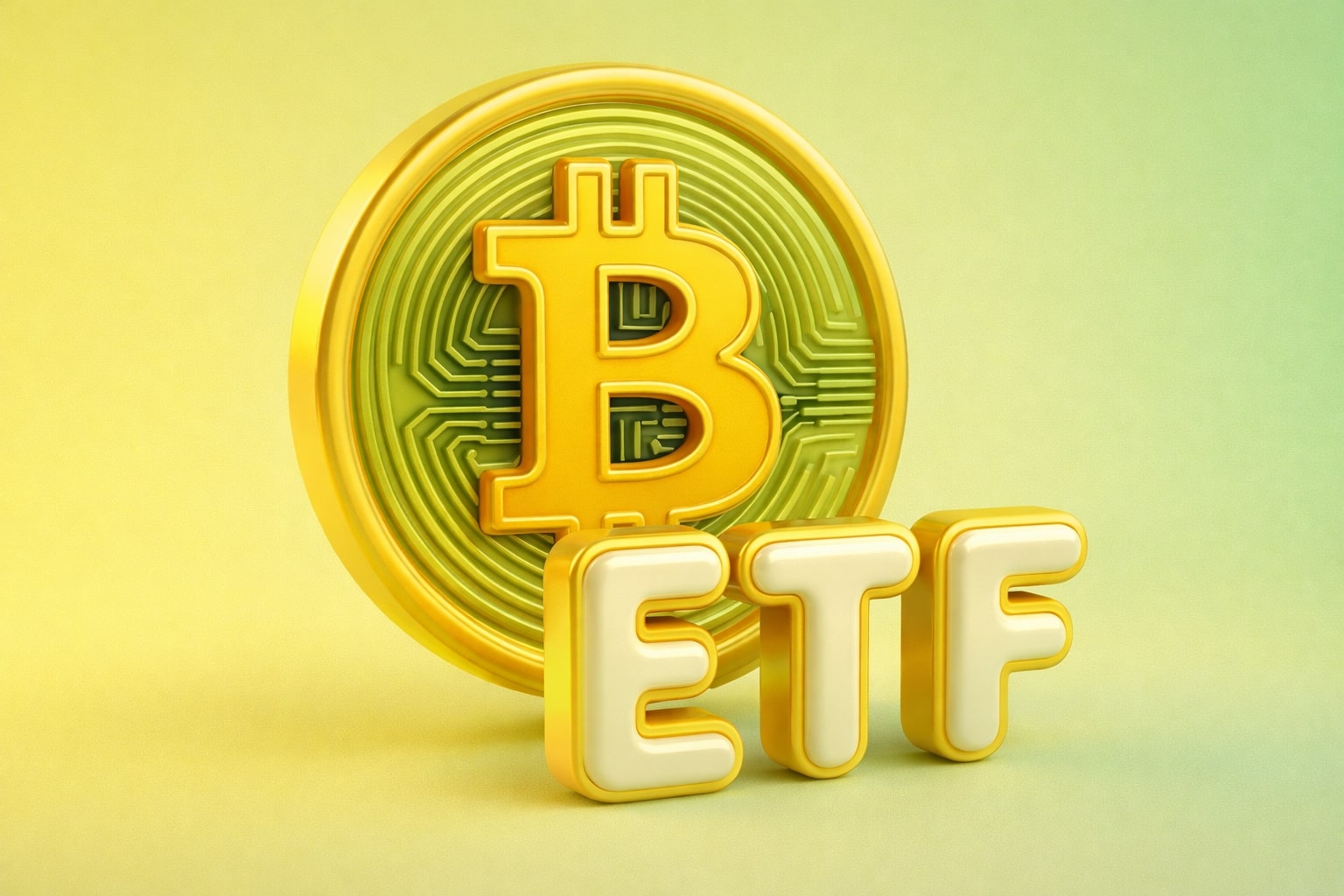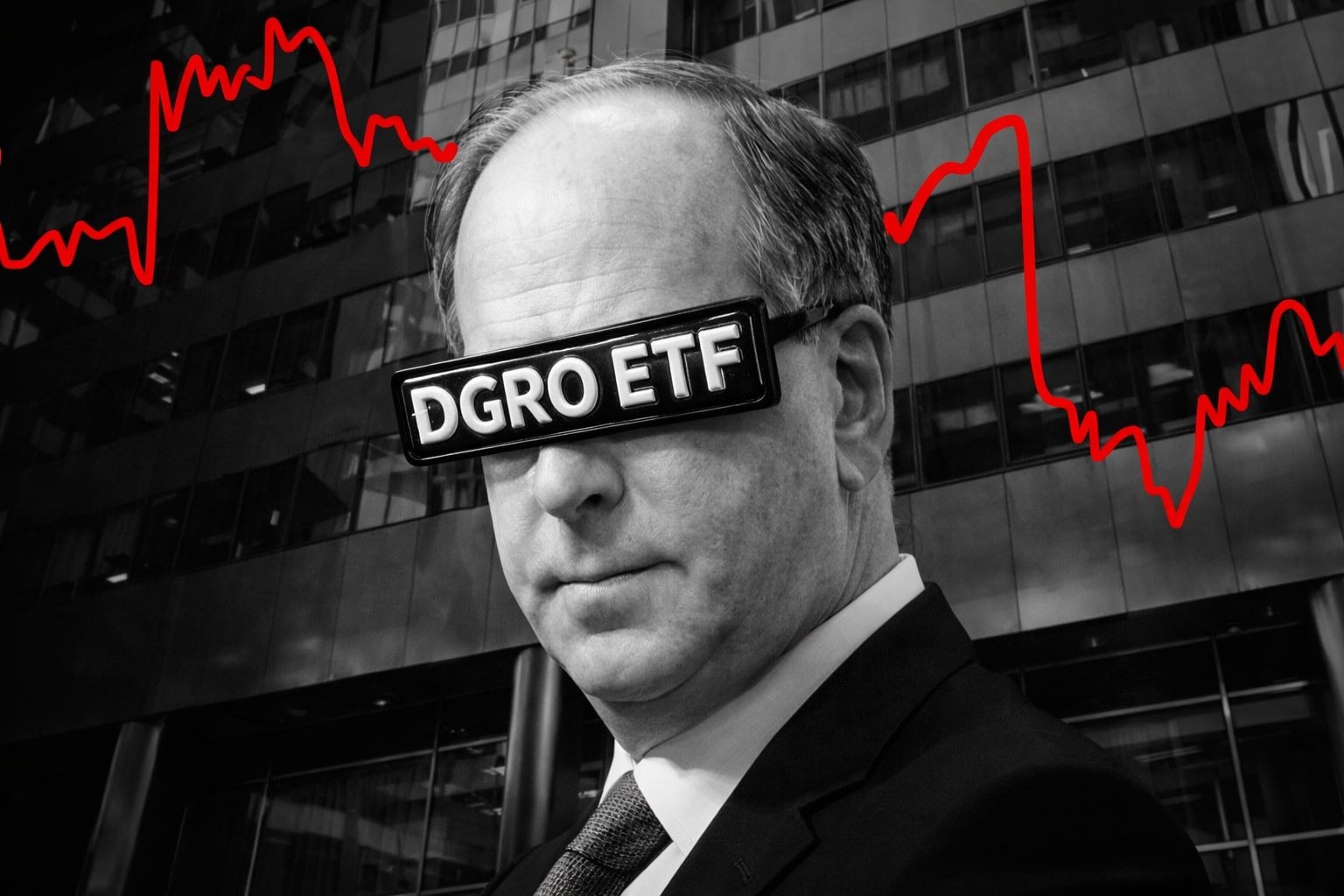
Ethereum (ETH-USD) Holds $2,500 as ETF Inflows Mount, Targeting $2,699 Breakout
ETH defends key support near $2,450 amid $860M spot ETF surge, with Lubin's $50K thesis gaining traction. Can bulls break above $2,699? | That's TradingNEWS
Ethereum (ETH-USD) Enters Strategic Accumulation Zone as Institutional Demand and Macro Forces Collide
Price Structure Holds Above $2,500 as Bullish Defense Strengthens
Ethereum (ETH-USD) continues to display tactical resilience as it clings above the $2,500 mark, with consistent rejection of lower levels confirming active bid zones. Despite the broader crypto market showing mixed sentiment due to geopolitical tension and macro caution, ETH's behavior along the $2,395 Fibonacci retracement suggests short-term support is holding. On the technical side, multiple tests of this level since May indicate it as a structurally relevant pivot. Any confirmed break below could risk a slide toward $2,000 psychological support, but so far bulls continue defending it.
The recent bounce off $2,469—its 24-hour low—adds weight to the argument that the $2,450-$2,500 range is becoming a base for further accumulation. Price is consolidating in a defined band, with current RSI holding flat at mid-levels and MACD showing converging signal lines around neutral territory. Price momentum is muted, but not broken, and institutional positioning suggests this pause may precede upside re-engagement.
Derivatives Market Shows Liquidation-Driven Shakeouts as Volume Dries Up
Data from Coinglass reveals Ethereum’s derivatives space has entered a volatility squeeze. Open interest has dipped 2.29% to $34.73 billion, while daily liquidations surged to over $64 million in total—$35.4M in longs and $29M in shorts—revealing that leveraged traders are being flushed on both sides. This results in a long/short ratio of 0.9673, tipping sentiment slightly bearish, but still relatively balanced. This positioning pattern aligns with Ethereum’s historic behavior during major reversals, where leverage is squeezed prior to trend continuation.
However, options data from Deribit and Amberdata shows a clustering of put buying between $2,450 and $2,500 strike zones, marking this range as the core volatility pivot. Implied volatility remains elevated, reflecting geopolitical hedging and macro stress over U.S. tariffs and Middle East risks. Ethereum remains tethered to macro stress events, but strong positioning near support implies asymmetric upside if risk appetite returns.
ETF Flows Reveal Institutional Anchoring Beneath Price Weakness
Despite price stagnation, Ethereum spot ETFs continue to attract capital. According to SoSoValue, U.S. ETH spot ETFs saw $19M in net inflows on June 17 alone, pushing the June total to $860M—the highest institutional commitment to ETH in 2025 so far. Prior days saw $11.09M inflows on June 13 and only modest $2.18M outflows, underscoring stickiness in professional demand.
These numbers significantly exceed the $32M in inflows recorded during the entire final week of May, suggesting that investors are quietly reaccumulating ETH exposure while retail sentiment remains in flux. Total exchange net flows remain mixed, but the underlying institutional footprint shows conviction.
Vitalik, Lubin, and the Institutional Thesis for $50,000 ETH
Ethereum co-founder Joseph Lubin reignited long-term bullish narratives by framing ETH as the trust layer for future AI-driven digital economies. His thesis draws parallels between Ethereum and core infrastructure assets like oil, calling ETH the "digital oil" that fuels decentralized economies, data flows, and machine-to-machine protocols.
At current price levels of $2,524, ETH trades at just 0.8% of Lubin’s outlined $50,000 price target—a valuation that implies a $5T network cap. Lubin’s vision hinges on Ethereum’s utility across AI economies, decentralized finance (DeFi), and Layer 2 solutions. With Ethereum positioned as the operating system of global digital commerce, the thesis claims ETH’s value could rival Apple or Microsoft by 2030.
This narrative is echoed by research from Etherealize, whose analysts argue that Ethereum is being fundamentally mispriced as a currency rather than a software commodity. According to their model, if ETH captures even a fraction of global oil’s $85T value as digital energy, then its theoretical market cap could breach $10 trillion over the next decade.
Technical Setup Suggests Major Breakout Potential if Volume Confirms
ETH’s recent technical setup on the 8-hour and daily charts shows tight consolidation inside a declining wedge pattern. If price reclaims the 50-day EMA around $2,600 and then breaks the upper band near $2,699, momentum could fuel a retest of $2,850. This area marks a confluence of prior resistance and Fibonacci levels and will require volume-driven conviction to break.
Failure to clear $2,699 may trap ETH inside its current consolidation band, with downside levels at $2,260 and $2,110 offering layered support. But any close below $2,395 would invalidate the current accumulation thesis and could send ETH into a lower distribution range. For now, the bias remains neutral-bullish.
Macro and On-Chain Flows Still Reflect Institutional Caution but Accumulation Bias
The broader crypto market's Fear & Greed Index remains in neutral at 48, with total market cap at $3.26 trillion. Ethereum’s subdued price movement—down just 0.6% in 24 hours—contrasts with rising whale accumulation reported in recent Coinglass wallet scans. Meanwhile, ETH 24H trading volumes declined 17.65%, reflecting lower conviction among retail participants even as institutional buyers stabilize price.
This divergence is critical. Institutional demand appears unfazed by short-term volatility, while retail traders are reducing exposure. Ethereum’s price structure over the last two weeks suggests a transition phase where long-term holders are displacing short-term traders—often a hallmark of bottom formation.
Ethereum’s Competitive Position Remains Intact Across AI, DeFi, and L2 Stacks
Ethereum continues to dominate smart contract infrastructure, Layer 2 scalability, and decentralized applications despite competition from Solana, Avalanche, and newer chains. Its modular architecture, anchored by EIP-4844 and Danksharding upgrades, will improve execution speeds and reduce transaction fees by over 80%, positioning it well to scale with AI and DePIN (Decentralized Physical Infrastructure Network) integrations.
Vitalik Buterin’s 100x execution layer proposal aims to accelerate finality and throughput, key bottlenecks for financial-grade dApps and AI coordination platforms. These upgrades, if deployed by late 2025, will cement Ethereum’s infrastructure advantage.
Verdict: ETH-USD Is a Strong Buy into Q3, with $2,699 as Key Breakout Line
Despite current consolidation and macro overhangs, Ethereum (ETH-USD) is shaping up as an undervalued core asset in the Web3 and AI financial stack. Institutional accumulation, long-term fundamental narratives, and technical setups all align around a base-forming phase. With support near $2,450–$2,500 holding strong, and ETF inflows sustaining, ETH looks poised for a breakout on any volume resurgence.
The bias remains strong buy, with $2,699 as the short-term breakout level and $2,850 as the next upside target. Downside risks remain tied to macro stress and lack of volume, but the long-term setup remains intact as Ethereum cements itself as a commodity-layer protocol for digital trust and AI coordination.
That's TradingNEWS
Read More
-
DGRO ETF Price: Is DGRO at $69.17 Still the Better Dividend-Growth Bet?
17.12.2025 · TradingNEWS ArchiveStocks
-
XRP Price Stuck Below $2 As XRPI at $10.74 and XRPR at $15.26 Ride $1B+ ETF Inflows
17.12.2025 · TradingNEWS ArchiveCrypto
-
Natural Gas Price Forecast - NG=F Steady Near $4 as TTF Jumps on Colder Forecasts and LNG Outage Risk
17.12.2025 · TradingNEWS ArchiveCommodities
-
USD/JPY Price Forecast: USDJPY=X 155.50 Pivot Before BoJ Hike and US CPI
17.12.2025 · TradingNEWS ArchiveForex

















